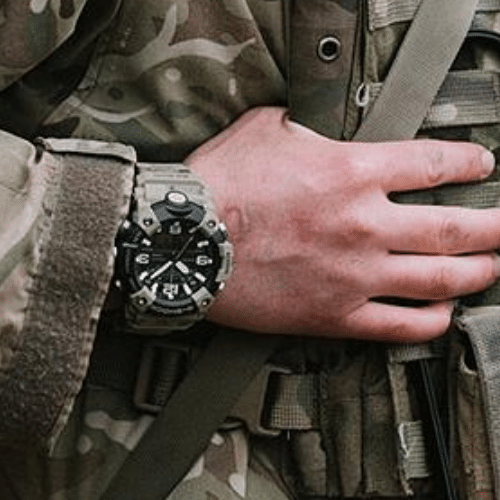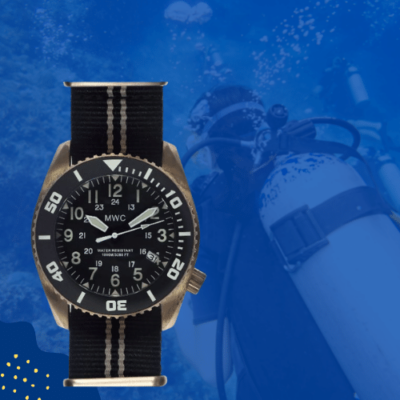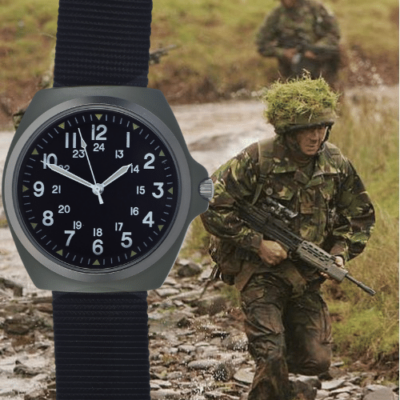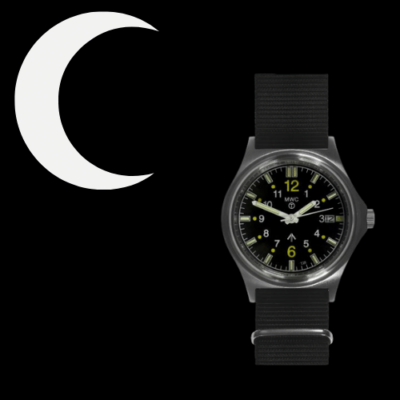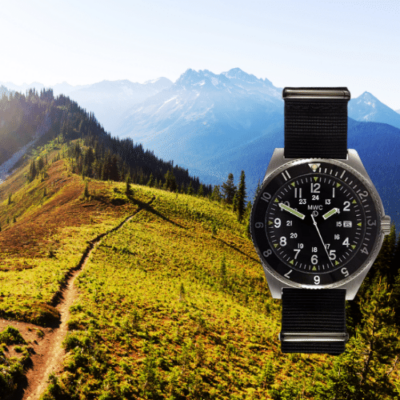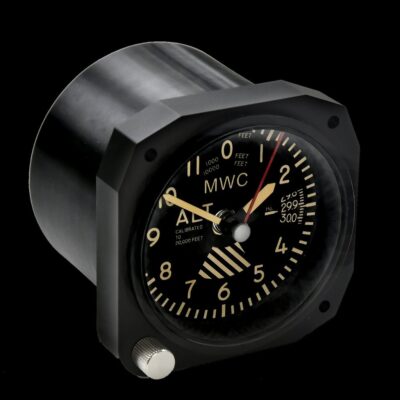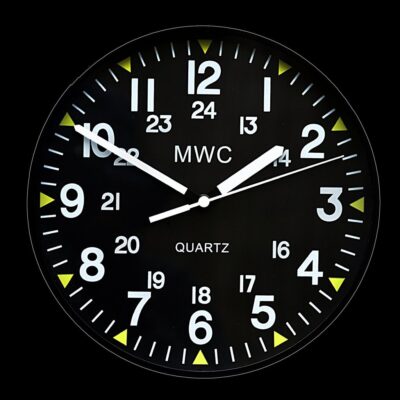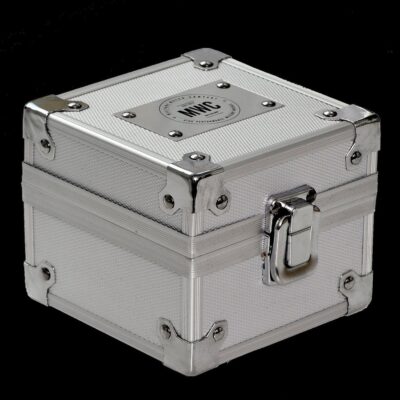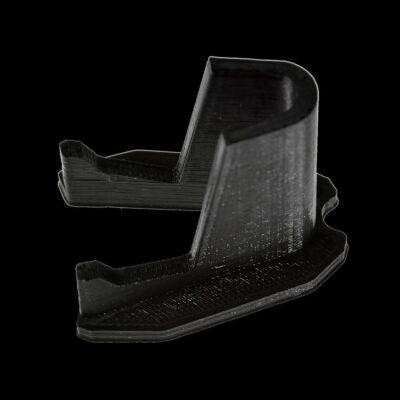News
Why Algeria’s Two Su-57 Stealth Fighters Are Already an Operationally Useful Force
Following confirmation that the Algerian Air Force had brought its first two Su-57 fifth generation fighters into active service, questions have been raised regarding the utility of this very small fifth generation fleet until further aircraft are delivered. The Su-57’s unique capabilities provide the aircraft, even when fielded in very small numbers, with force multiplier capabilities that could significantly bolster the offensive capabilities of the wider Algerian fleet. The current backbone of the Algerian Air Force is formed of over 70 Su-30MKA ‘4+ generation’ heavyweight fighters which were first ordered in 2006, and have long represented a dominant force in Africa and the Arab world. The Su-57’s superior sensors and armaments and its advanced electronic intelligence and stealth capabilities have the potential to significantly bolster the potency of Algeria’s Su-30s and other aircraft such as its new Su-35 air superiority fighters and Su-24M strike fighters.
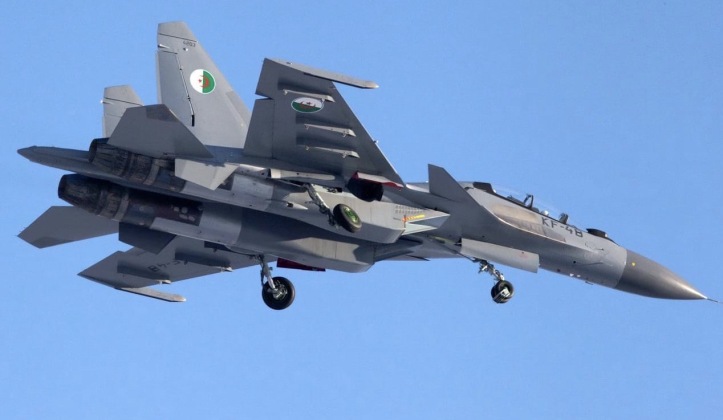
A notable precedent for small numbers of fifth generation fighters serving as force multipliers for a wider fourth generation fleet was provided by the Israeli Air Force’s use of the F-35I during an air assault on Iran from June 13-24. An Israeli Air Force officer speaking under the pseudonym Lieutenant Colonel I. stated regarding the use of the F-35:
“Most of the F-35 missions were intelligence and gave us a lot of information that other planes like the F-16I don’t have. They have a lot of equipment that helps them determine which missiles are heading towards us. And they actually can say to the F-16I, be aware you’re going to meet this kind of missile or another kind. And after we get this information, we do our attack mission that is more precise and more specific. So what we do in our formation is let the F-35 go first, see what’s going on, gather the intelligence and information and give it to us and to the other planes, and then we take this information and attack.”

The Israeli fleet was able to benefit from the F-35’s support despite the F-15s and F-16s that formed the backbone of its fleet not having been modernised to ‘4+ generation’ standards, leaving them reliant on obsolete mechanically scanned array radars and far less capable than Algerian fighters such as the Su-30MKA. In Algeria’s case, the lack of airborne early warning and control (AEW&C) systems makes the Su-57’s ability to collect and share large quantities of data particularly valuable. Although the fighter lacks the F-35’s distributed aperture system and passive sensor array, it integrates five separate active electronically scanned array radars rather than one, which are distributed across its body allowing for the tracking of up to 60 targets by each fighter simultaneously. These radars are significantly more sophisticated than those of other Algerian fighters, while the aircraft’s ability to operate in contested airspace due to its superior stealth and electronic warfare capabilities provide an advantage.

Although NATO members across the Mediterranean continue to be considered the primary potential threat to Algerian security, particularly after their assault against neighbouring Libya in 2011 caused mass destruction and permanently destabilised the country, the Su-57 fleet also has significant utility against Algeria’s secondary security challenge, namely its Western-aligned neighbour Morocco. A small Su-57 fleet could be particularly valuable as force multipliers to suppress or destroy Moroccan air defences, with the kingdom having invested heavily in fielding ground-based systems to compensate for its inability to field a similarly capable fighter fleet. A number of unconfirmed reports indicate that the Royal Moroccan Air Force has reportedly procured Chinese HQ-9B long range air defence systems, while it has been confirmed that the service has ordered MIM-104 Patriot air defence systems from the United States. With the Su-57 having already been combat tested in air defence suppression roles, the system could prove highly capable both for providing targeting data, and for using is stealth capabilities launch strikes to ‘kick down the door’ for the wider fleet into Moroccan airspace.

